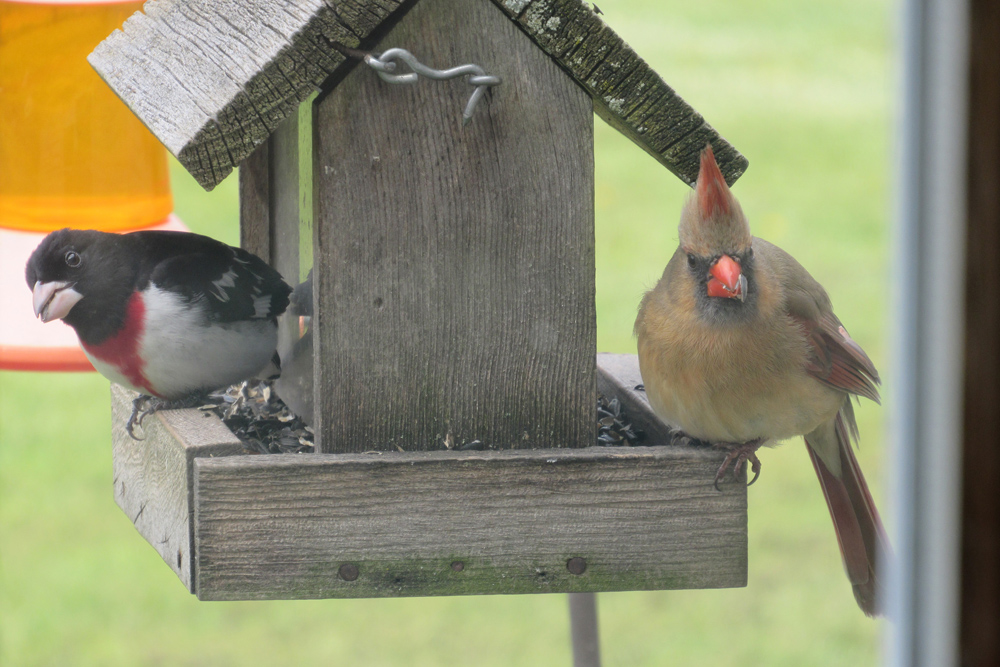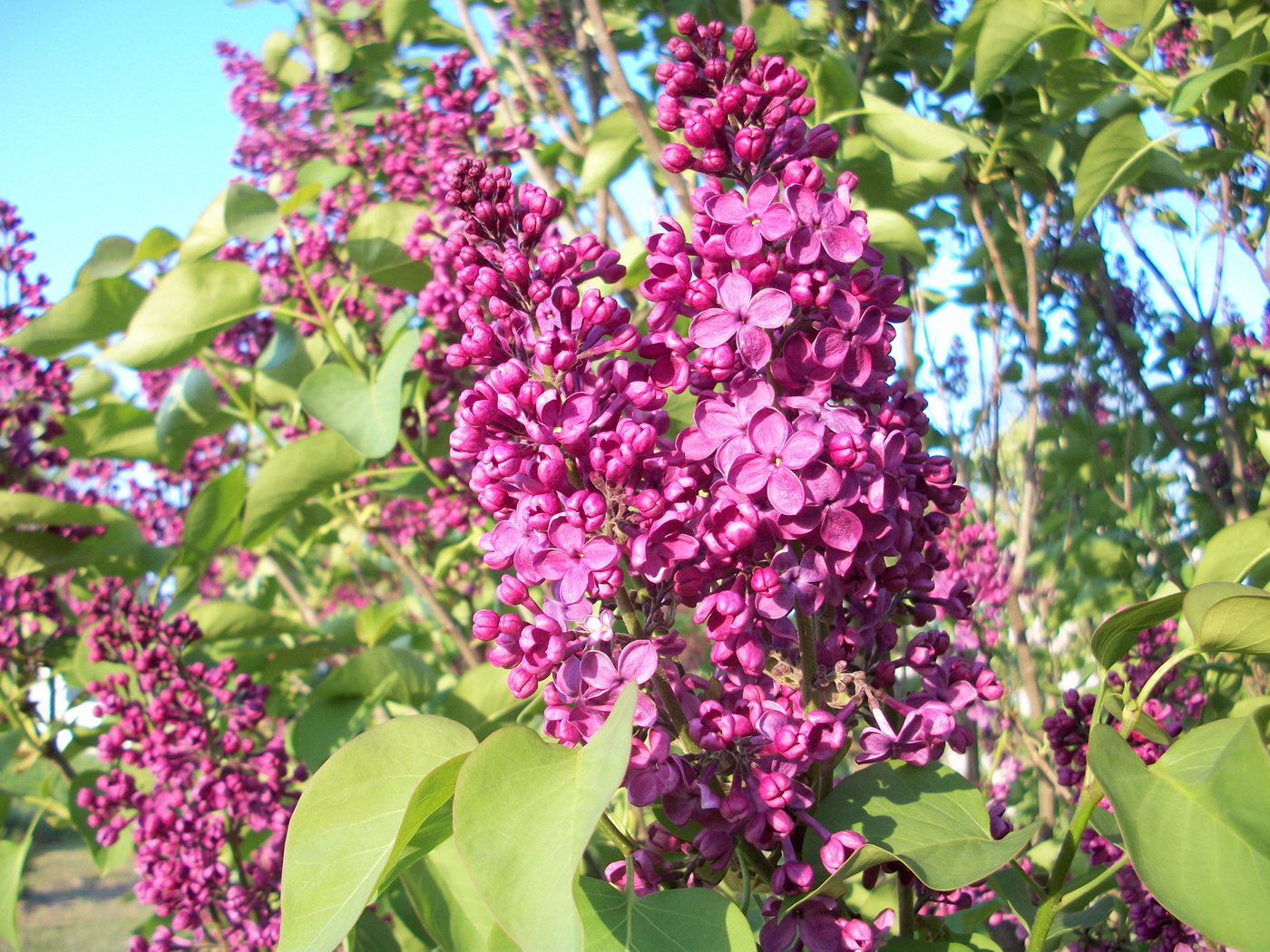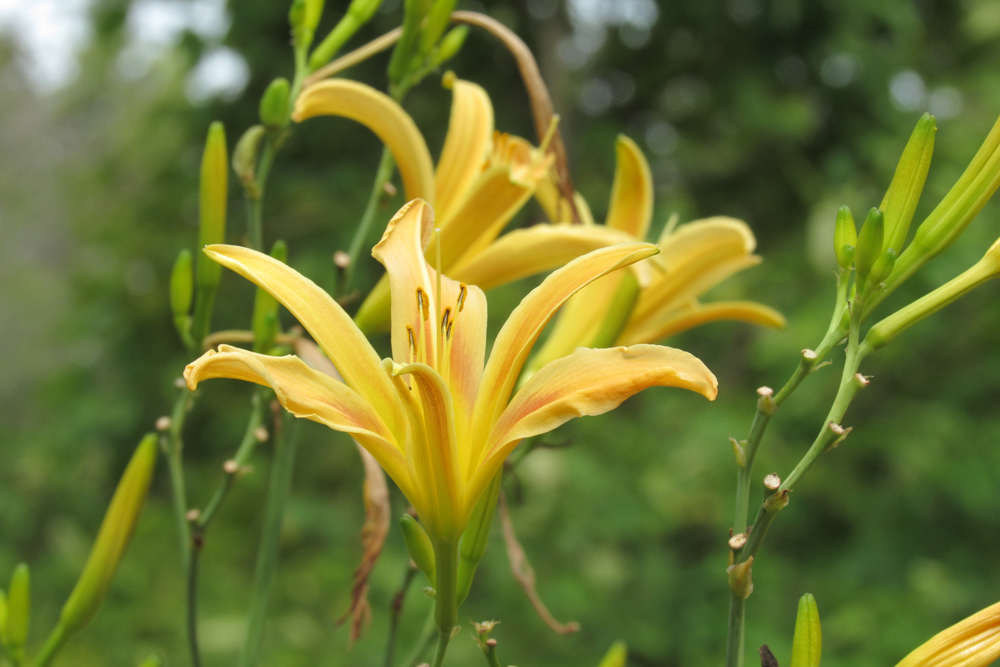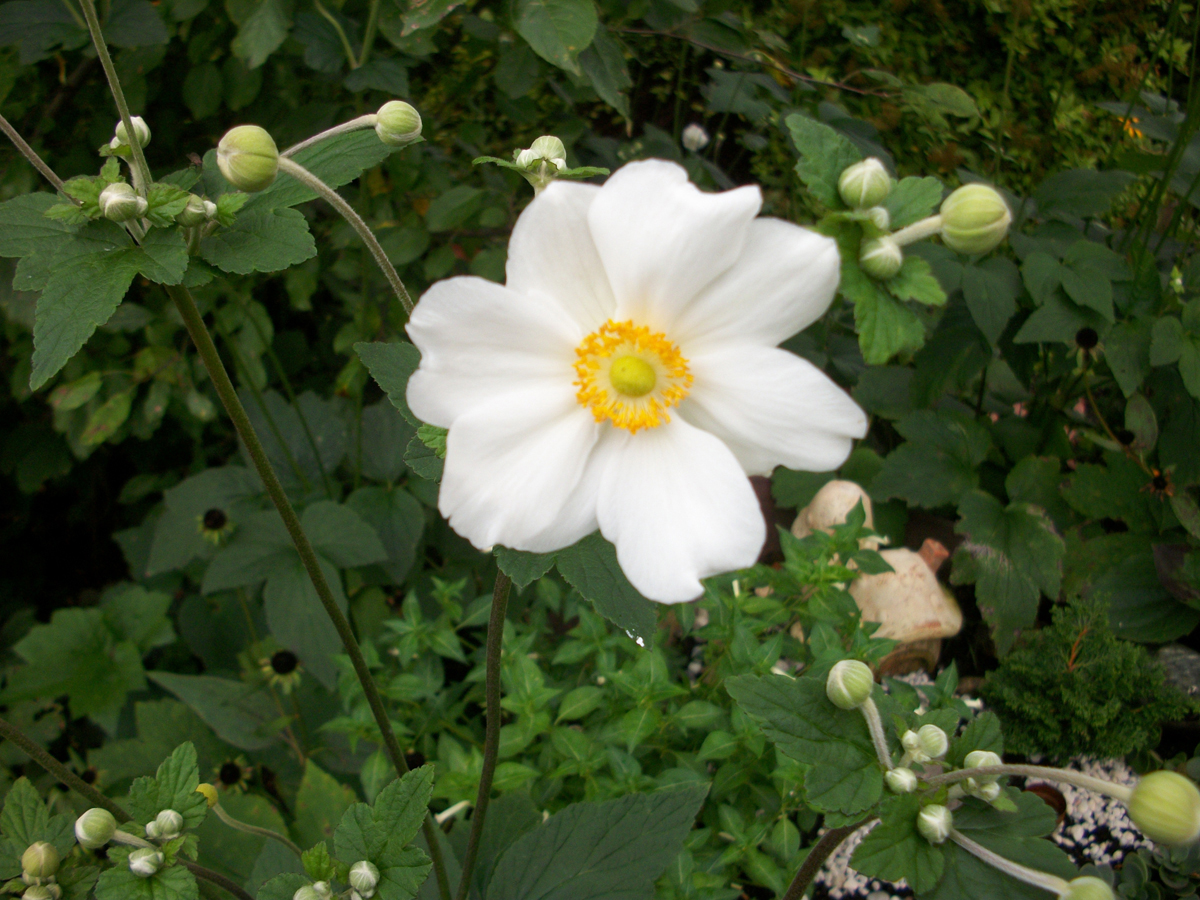Japanese beetles and aphids
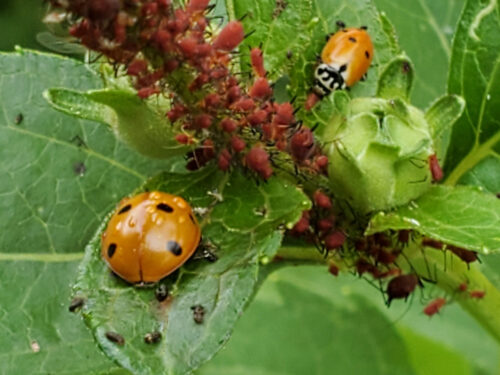
Japanese beetles and aphids can do a lot of damage at this time of year in the garden. Japanese beetles eat all kinds of plants and plant parts. As Betsy Lamb, Senior Extension Associate and Ornamentals IPM Coordinator at the NYS IPM Program says, they are “polyphagous,” meaning they like to eat many different things. Those things include 300 host plants and their petals and leaves. Japanese beetles leave holes and brown damaged cells where they have been munching. Lamb says they were even found recently eating evergreens at a Christmas tree farm, something they don’t usually do.
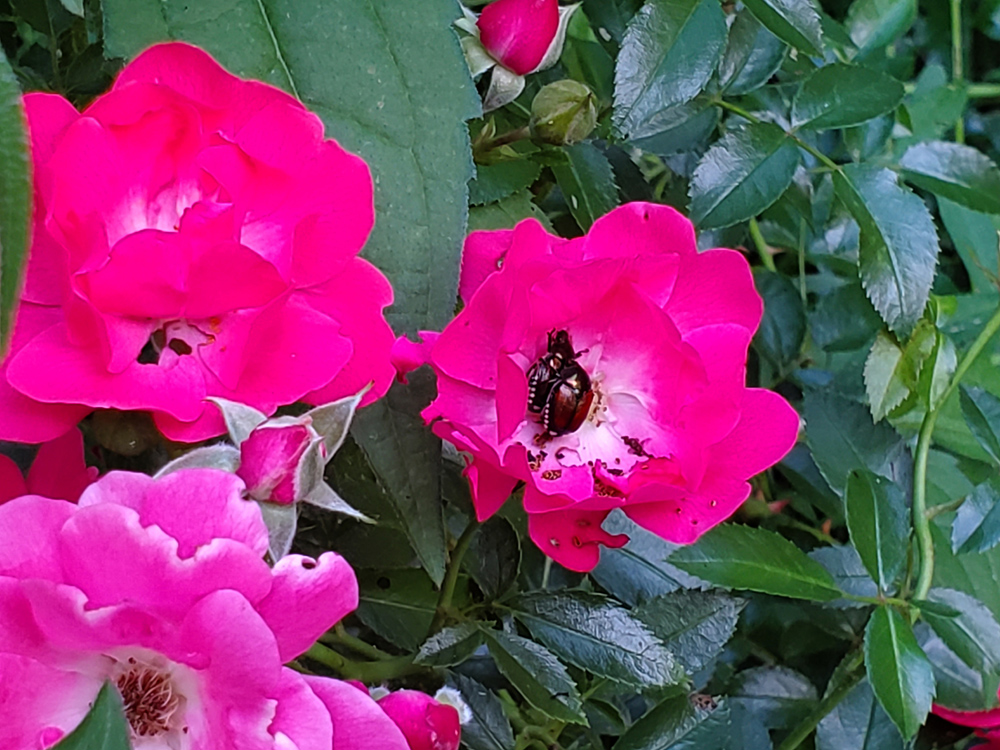
Lamb and NYS Integrated Pest Management (IPM) Biocontrol Specialist Amara Dunn-Silver spoke recently about Japanese beetle and aphid management during a Cornell CALS (College of Agriculture and Life Sciences) webinar.
If Japanese beetles cause problems in your garden, understand that there are two phases of management. Right now, the beetles are in their adult stage – fortunately they only produce one generation per year – so this is the time to focus on adult beetle management. Eggs are laid in the soil in June and July and the larvae (white grubs) feed all fall in the soil. Lamb says fall is the best time for grub management.
With adult Japanese beetles, you can’t prevent them flying into your property from other places. If you have big issues with Japanese beetles destroying your plants, you might have to be choosy about the plants you select, and go for ones that are less attractive to the beetles. Forsythia, red maple, hickory, lilac, yew, and for the most part, spruce and pine, are less of a temptation.
Lamb says the best way to control Japanese beetles is hand-picking, which takes time, but is the most effective, especially on plants that you will harvest for food. Knock the beetles into a container of soapy water. Pheromone traps can end up attracting more beetles than they catch, Lamb notes. If you want to use them, place them away from important plants on your property. There are no commercially viable biological controls, although the winsome fly provides some hope as it lays its eggs on Japanese beetles. Chemical control is not recommended, mainly because adult beetles will just keep flying in to your property, especially after word gets out about the wonderful buffet your landscape provides.
To manage grubs come the fall, dig three inches down in your lawn. If you find 10 or more white grubs in an area of one square meter, you may want to treat the area with Bacillus thuringiensis Galleriae. Additionally, nematodes are a biological control option and Milky Spore can also be used, but that process can take time.
Aphids are another summer pest that literally can suck the life out of plants. Finding them covering your beautiful flowers can cause panic, but NYS IPM Biocontrol Specialist Amara Dunn-Silver says a little patience and letting natural enemies do their job, can be very effective. Lady beetles, even those annoying Asian ones that land on your house in the fall by the thousands and then make themselves at home inside, are predators of aphids. If you see lady beetles or their spiky black and orange larvae, let them go to work. The larvae are sometimes described as looking like little alligators, but they are your gardening friends. There are also predatory flies and parasitoid wasps that help control aphid populations. The parasitoid wasp lays its eggs inside the aphid leaving it a “mummy.” If you see a brown “puffed-up” aphid on your plant, it has been effectively parasitized by a wasp – rest in peace hungry aphid, your sucking days are done.
Dunn-Silver says it may take a build-up of prey (aphids) to encourage the predator to arrive, so be patient. If you just can’t wait, you can try jets of water aimed at the aphids to help manage them by knocking them off the plants.



